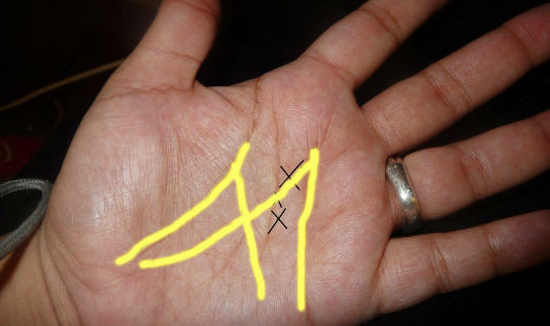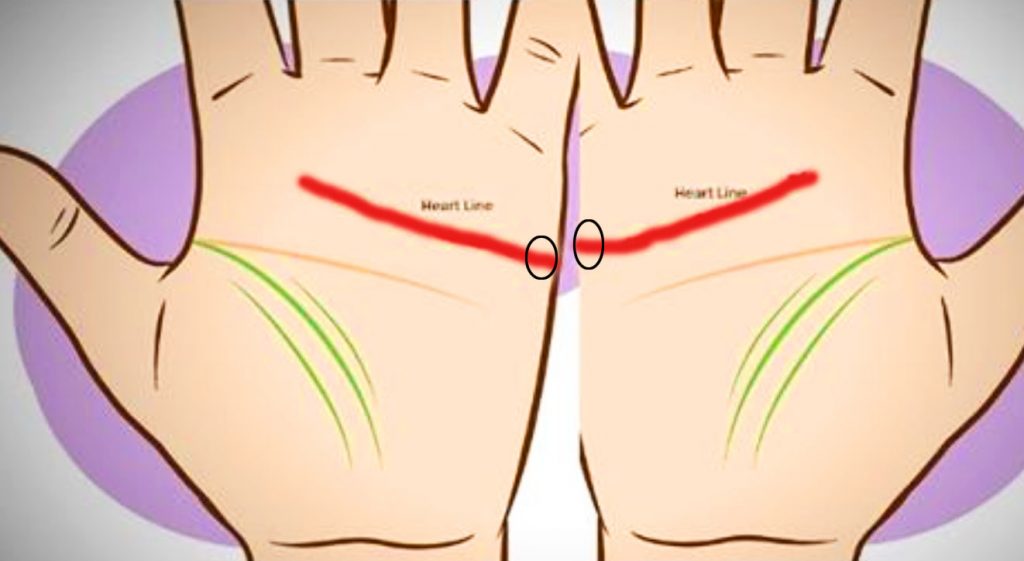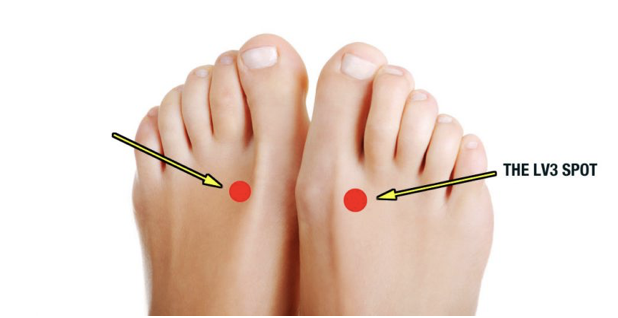THIS Mother’s Son Died 1 Hour After He Swam In The Pool. THIS Reason Is Terrifying!
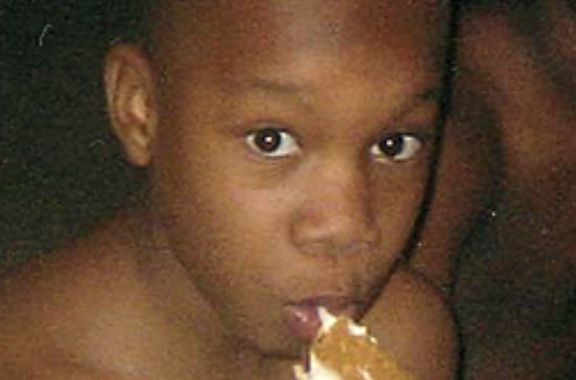
image via – youtube.com
Johnny Jackson, a 10-year-old boy from South Carolina, was enjoying a hot summer day at the neighborhood pool. His mom Cassandra walked home with him, having no idea that tragedy was about to strike.
He had been playing all afternoon and told his mom he felt really sleepy. He went to take a nap, which certainly didn’t seem unusual after a hot day at the pool; Cassandra had no way of knowing that her little boy was slowly DROWNING!
When she checked on him one hour later, Cassandra found a foam-like substance covering his face. She immediately realized he wasn’t breathing and rushed him to the emergency room, but it was too late. Johnny was declared dead due to “Asphyxiation by Drowning.”
In the interview you are about to watch in the video below, you will hear Cassandra’s heartbreaking description of what happened to her son. She was explained that Johnny had “dry-drowned” because he had swallowed too much water while swimming.
This phenomenon of a slow death due to impaired lung function, happens when water prevents enough oxygen from reaching the blood, which in turn prevents carbon dioxide from being released.
You will hear a pediatrician, Dr. Daniel Rauch, interviewed about “dry-drowning” on the Today show following this tragic incident. He explains what to look for physically as well as in a child’s behavior, that might indicate something abnormal is going on.
A death by “dry-drowning” can even occur if too much water is swallowed in a bathtub.
Please SHARE This With Your Family and Friends
This Mom’s Son Died An Hour After He Swam At The Pool. I Had No Idea This Was Possible.

Cassandra Jackson took her young son, Johnny, to cool off and play at their neighborhood pool. She watched as the ten year old splashed around in the cool water and escaped the oppressive June heat. Eventually they headed home and about an hour later Johnny told his mother he was really sleepy. She wrote his tiredness off and attributed it to being out in the sun and playing all afternoon.
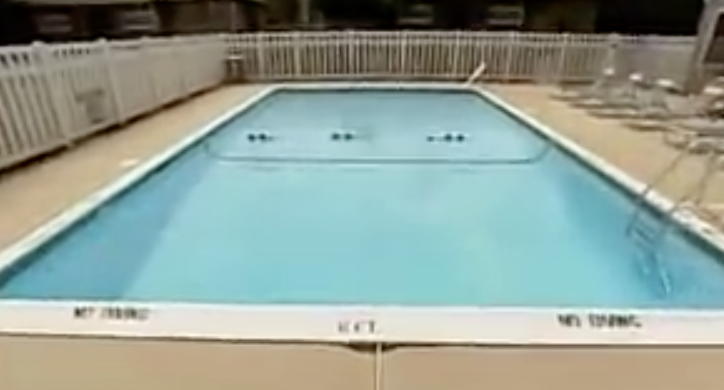
He laid down to take a nap and when Cassandra went to check on him later she faced a sight no parent ever should have to. Johnny’s face was covered in a white foam-like substance and he had no signs of life. The coroner determined that his cause of death was asphyxiation by drowning, but how could a seemingly healthy young boy drown over an hour after he left the pool?
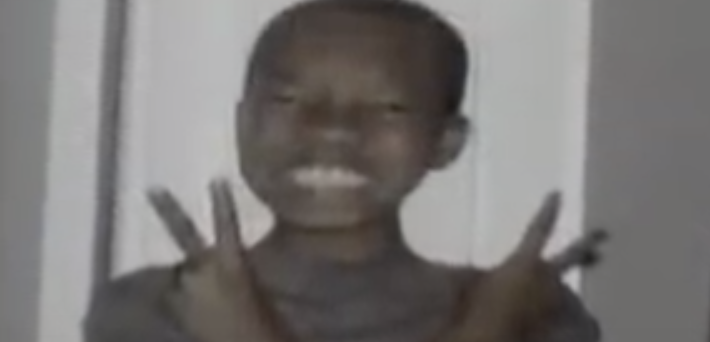
His mother expressed her shock and surprise best when she said “I’ve never known a child could walk around, talk, speak, and their lungs be filled with water.” Not many people are aware of dry-drowning, which is a delayed type, and yet it’s just as dangerous as the more commonly known, immediate type of drowning.
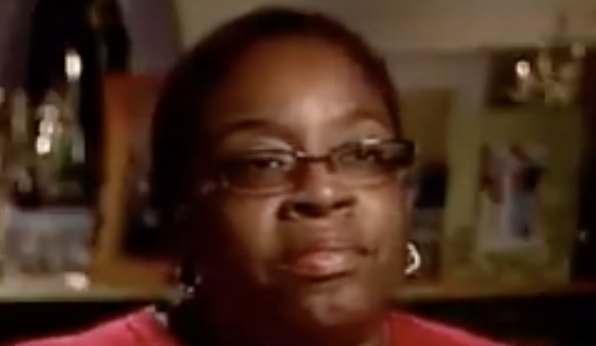
Warning signs include difficulty breathing, excessive tiredness, and dramatic changes in the child’s behavior. Don’t risk a child’s life, immediately bring them to the hospital and get them medical attention if you notice any of these factors.
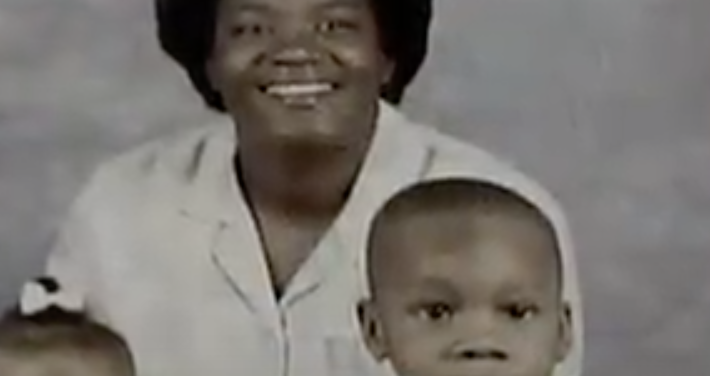
Every second counts as this is potentially fatal, especially in young children. Medical professionals can evaluate the child and determine if they need help. If a child does need medical care, doctors would intubate them, which forces air into the lungs and helps to clear the fluid.

Most critically, the lungs need to be able to take in and absorb oxygen from the air once again. Their ability to do so is severely limited and suspended, and that combined with extra fluid in a child’s lungs can possibly lead to death.
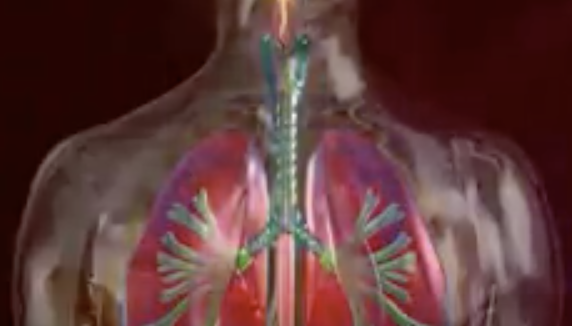
This type of delayed drowning is surprisingly not that uncommon, with an estimated 10-15% of all drowning deaths being attributed to it. What is surprising is that not a lot of people have heard about it or know what signs to look for in potential victims of a dry drowning. Furthermore, it can happen in salt water, fresh water, chlorinated pools, and even in the bathtub.
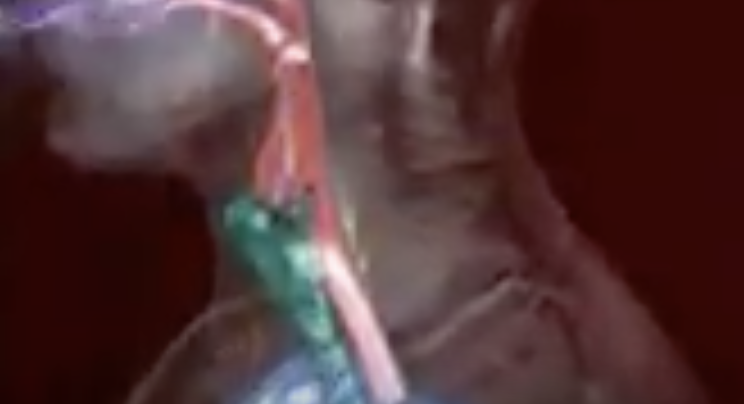
Please Share this with family and friends

